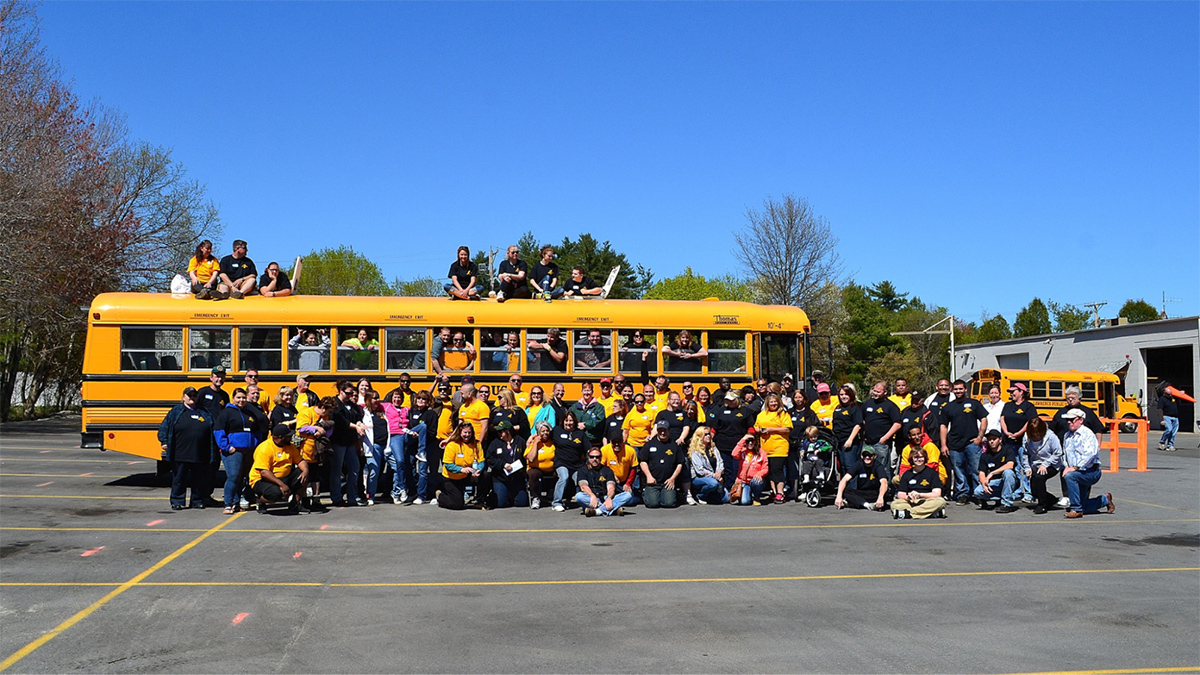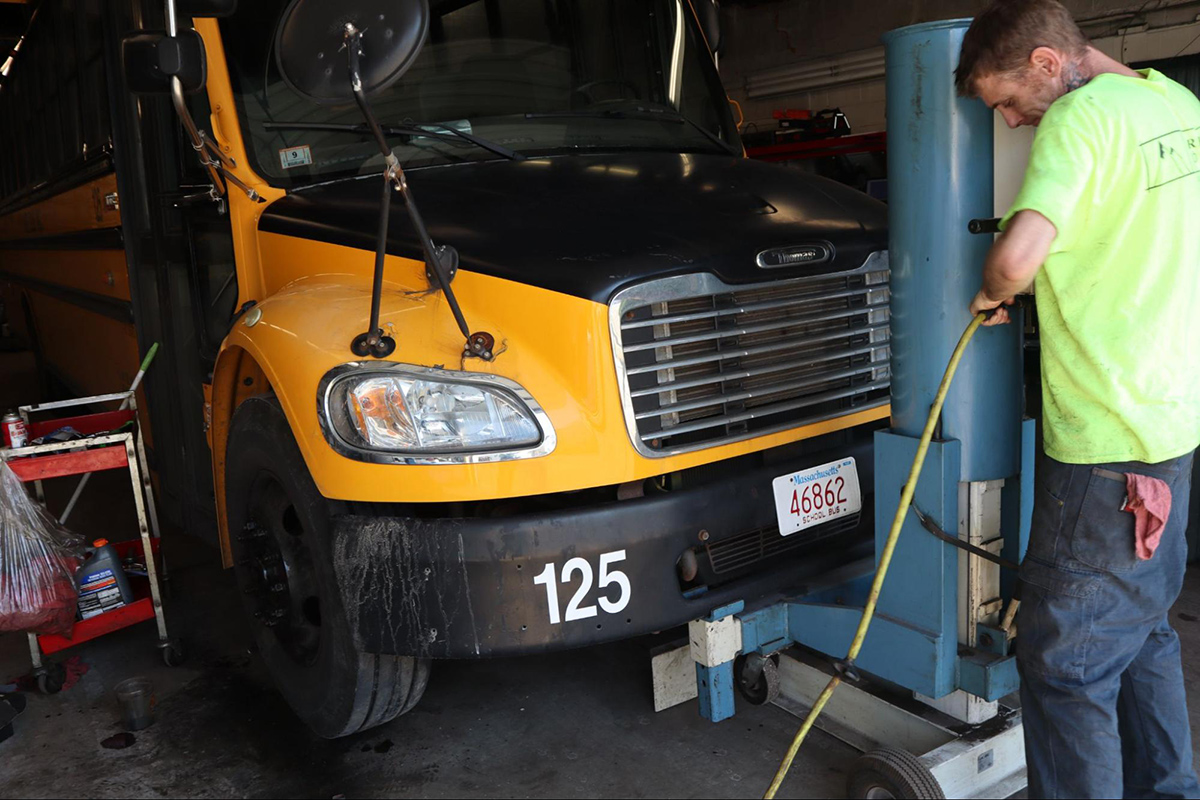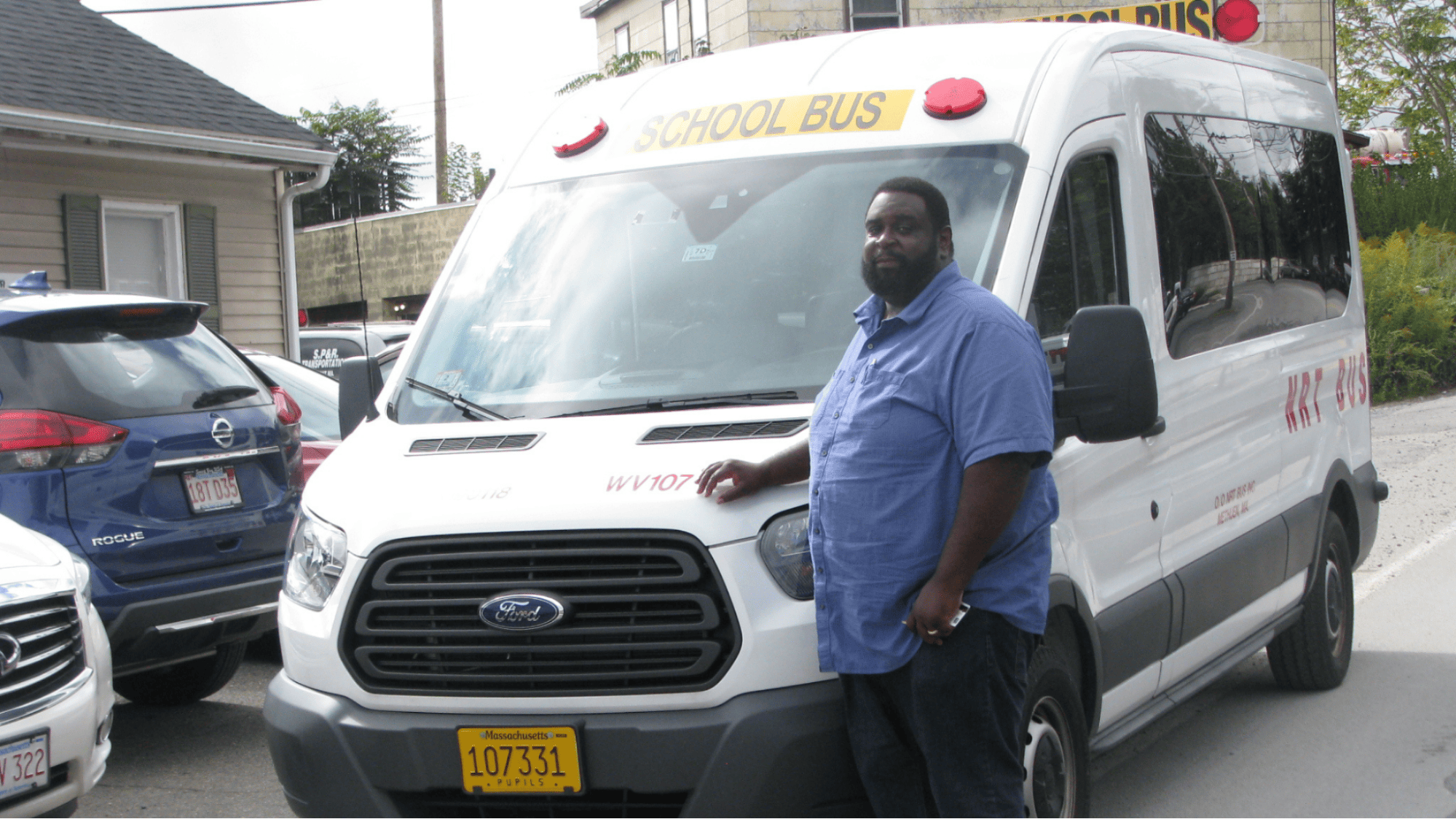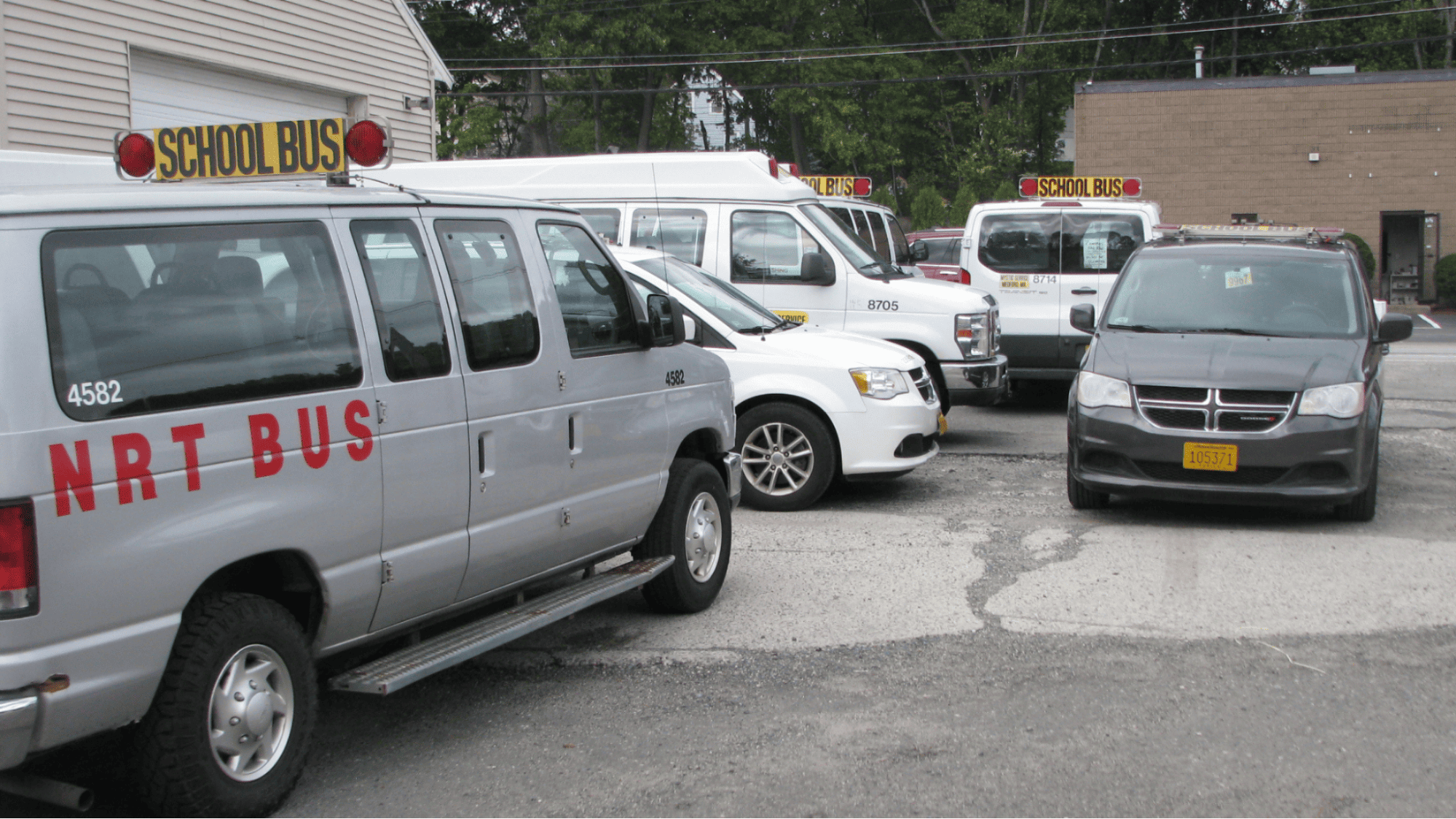Summer isn’t a break for everyone.
Across districts in Massachusetts and beyond, summer bridge programs and Extended School Year (ESY) services are critical for student success—especially for those in special education, ESL, or credit recovery programs. And while classrooms stay open, buses need to keep running, too.
But summer transportation brings unique challenges: condensed timelines, low ridership density, evolving IEP needs, and limited staffing.
Here’s how school districts can plan, adapt, and deliver reliable transportation for students who need support year-round.
What Are Summer Bridge and ESY Programs?
Extended School Year (ESY) programs are individualized, IEP-driven services that help students with disabilities maintain progress over long breaks.
Both types of programs often:
- Run for 3–6 weeks
- Operate on half-day or shortened schedules
- Serve smaller, more widely dispersed student populations
- Require higher levels of support and planning
And both depend on a transportation system that can flex to meet complex needs.
Common Transportation Challenges in Summer Programs
While ESY and bridge programs serve fewer students, the logistics can be even more complicated. Districts face:
Small, Scattered Ridership
Unlike traditional school-year routes, summer students may be spread across a wider geographic area—making routing inefficient without careful planning.
IEP and Accessibility Requirements
ESY students often require lift-equipped vehicles, harnesses, bus monitors, or specialized pickup instructions.
Compressed Setup Time
Many summer routes aren’t finalized until late June, giving transportation teams just days to assign vehicles and communicate with families.
Driver and Staff Availability
Fewer staff opt to work in the summer, especially if contracts or district incentives are limited.
Communication Gaps
Families may be harder to reach during the summer, leading to confusion about pickup times, stop locations, or changes.
How to Plan ESY and Bridge Program Transportation Successfully
Start Conversations Early
By April or May, transportation directors should meet with:
- Special education teams
- ELL program coordinators
- Summer school administrators
- Out-of-district placement contacts
The earlier you know who’s attending and what services they need, the better you can plan routes and vehicle types.
Confirm IEP-Driven Transportation Requirements
For ESY students, every detail matters. Before assigning routes, confirm:
- Whether transportation is listed as a related service
- Any one-on-one or monitor support requirements
- Accessibility accommodations (lifts, car seats, medical protocols)
- Pickup/drop-off deviations (curb-to-curb vs. centralized stops)
If in doubt, reach out to the district’s special education director or transportation liaison.
Scale Routing with Flexibility
Short-term programs don’t need long-term routing headaches. Consider:
- Grouping students by neighborhood rather than school
- Using flexible pickup windows instead of rigid time blocks
- Assigning multi-use vehicles that can shift between routes if needed
Secure Your Summer Staffing
Don’t assume your regular team is available in July. Check with drivers, aides, and dispatchers about summer availability in May, and:
- Offer summer work as an incentive-based assignment
- Build a small “on-call” pool for sudden call-outs
- Cross-train monitors or aides to assist across programs
- Partner with NRT to supplement staffing where needed
Communicate Early and Often With Families
Because summer programs often begin with little lead time, districts should use multiple channels to ensure families know:
- When and where buses will pick up/drop off
- What to expect for summer schedules
- Who to contact if there’s a change or issue
Many districts now use robocalls, text alerts, and app notifications to reach families who may be working summer hours or have limited email access.
How NRT Supports Summer Transportation
At NRT, we understand that summer operations require a different kind of precision. We partner with districts to:
- Coordinate transportation for special education, ELL, and summer school programs
- Provide accessible vehicles and trained aides for ESY riders
- Build customized, short-term routes under tight timelines
- Supply staffing support when district drivers aren’t available
- Offer ongoing dispatch and communication assistance throughout the summer
Final Thought: Summer Services Deserve Full-School-Year Standards
Just because the school year ends doesn’t mean students need to stop. For many families, summer transportation is the lifeline that makes ESY or bridge programs possible.
NRT is here to help districts plan smarter, scale effectively, and deliver consistent transportation—year-round.
Planning your district’s summer transportation? Let’s get ahead of it together. Contact NRT today







